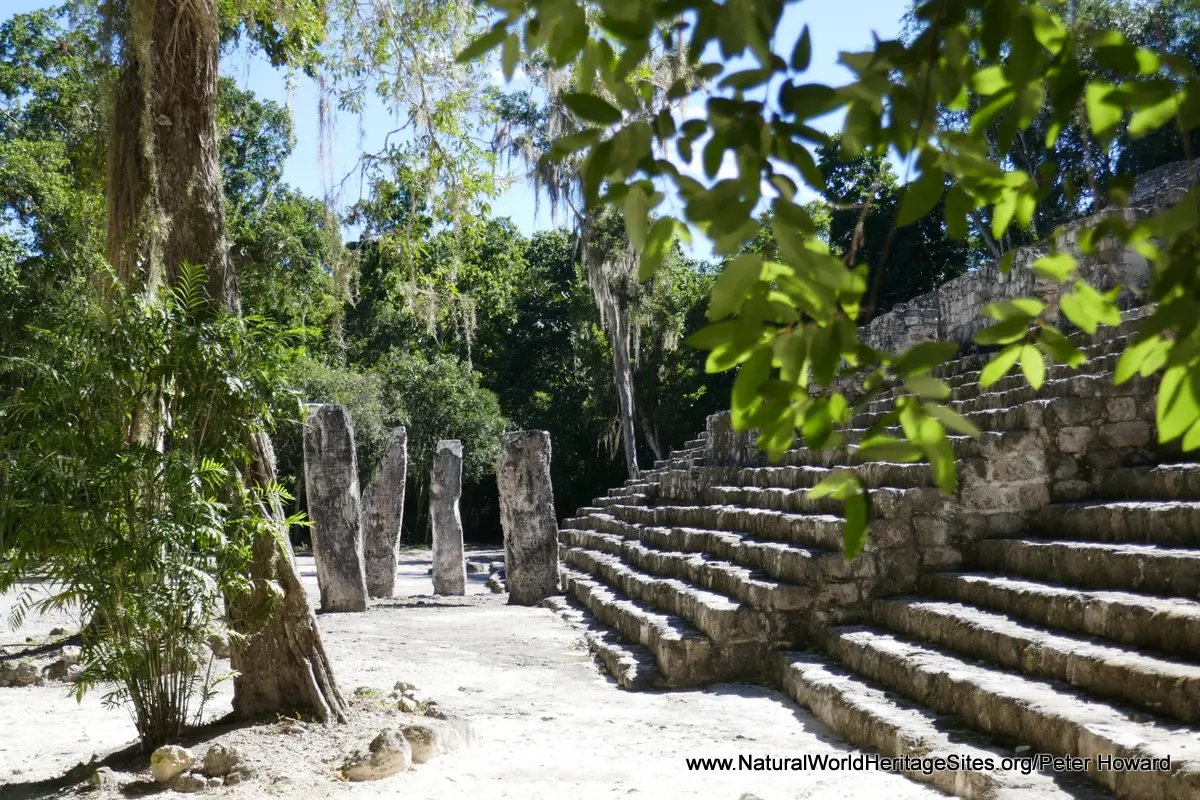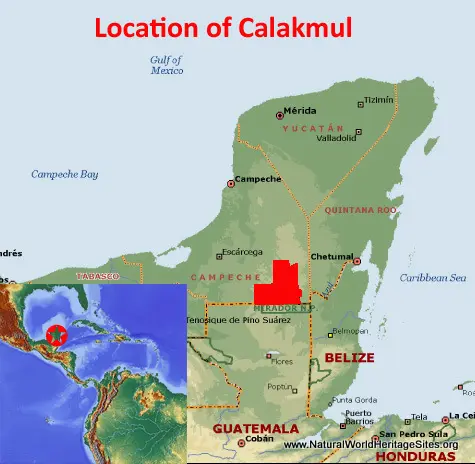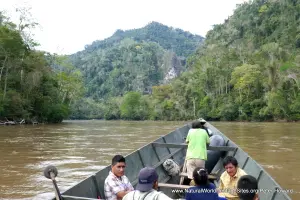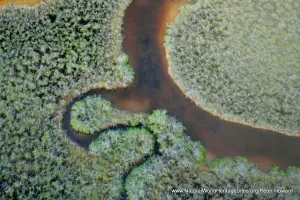EXPLORE the Ancient Maya City and Protected Tropical Forests of Calakmul, Campeche with this slideshow, check the location map and get all the facts and information below.
For slideshow description see right or scroll down (mobile). Click to view slideshow
Location and Values: The Ancient Maya City and Protected Tropical Forests of Calakmul, Campeche are located in the southern part of Mexico’s Yucatan peninsula, along the border with Guatemala. The area lies at the core of the vast Central American tropical forest (the ‘Maya Forest’), a major biodiversity hotspot. In ancient times it was heavily settled and served as a major centre of Mayan civilization for about 11 centuries until its downfall around A.D. 1000. The spectacular archaeological remains of the city of Calakmul, embedded deep in the jungle, provide evidence of the sophisticated culture of this era. Meanwhile the forests that have grown up since the abandonment of the city and surrounding lands exhibit characteristics of an evolving semi-natural ecosystem that continues to bear the hallmarks of its previous occupation.
Conservation Status and Prospects: According to IUCN’s Conservation Outlook Assessment (2017) the conservation status of the Ancient Maya City and Protected Tropical Forests of Calakmul, Campeche is ‘of significant concern’. The IUCN report expresses concern about uncontrolled use of natural resources as well as questions over zonation and boundary design; and a lack of boundary demarcation. Climate change is expected to result in a higher incidence of fire and hurricanes, with correspondingly increased impact on forest ecology. On a more positive note the site benefits from its relatively central position within the larger Maya Forest and the status of various large protected areas surrounding the world heritage site, including adjacent protected areas in Guatemala. However this de facto ‘buffer zone’ is suffering forest loss and degradation, including forest fires, illegal logging and longstanding infrastructure plans which will have long-term consequences for biodiversity conservation and landscape connectivity. The overall impact of tourism development is likely to be positive, but will require careful planning and management of infrastructure, access roads, water and waste management.
Links:
Google Earth
UNESCO Official Website
IUCN Conservation Outlook
UNEP-WCMC Site Description
Slideshow description
The slideshow ‘tells the story’ of the Ancient Maya City and Protected Tropical Forests of Calakmul, Campeche showing the archaeological site, landscapes, habitats, and some of the tropical forest plants and animals. The photos were taken by Peter Howard during a short visit in December 2018, using the main access road into the archaeological site which serves as a ‘transect’ through the forest, and provides opportunities for wildlife observation. Some of the iconic animals may be seen here, including jaguar (if you are very lucky!), parrots, spider monkeys and wild turkeys. Arriving at the archaeological site the intimacy of the place is quickly felt, as some of the ruins remain buried in the jungle, while other monuments have been excavated and restored. The Ancient Maya City and Protected Tropical Forests of Calakmul, Campeche provides a wonderful juxtaposition of wild nature and ancient civilization. The main monumental elements are well documented with explanatory interpretation boards and a site museum has excellent displays of the natural and archaeological attributes of the place. Some of the museum illustrations are included towards the end of the slideshow. The final few photos show the exodus of millions of bats from a cave situated in an adjacent protected area, just outside the world heritage site.
Factfile
Website Category: Tropical & Sub-tropical Forests;
Area: 3,314 km2
Inscribed: 2002 (extended 2014)
Criteria:
- Ecological processes (ix);
- Natural habitat for biodiversity (x);
- Significant number of rare, endemic and/or endangered species (x)
- Cultural criteria (i, ii, iii, iv)





